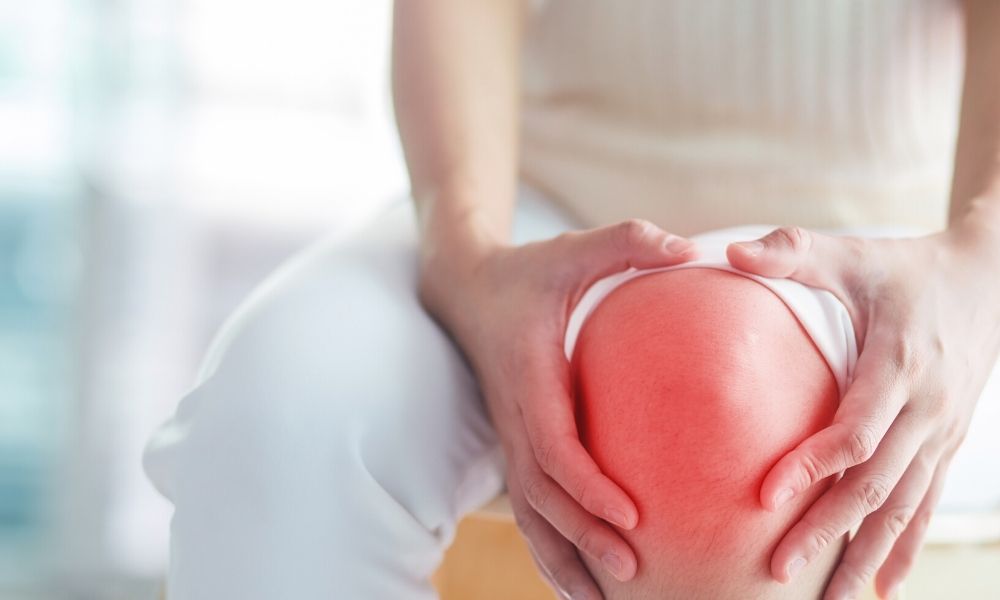Shin splints are a common problem for runners, gymnasts, dancers and military recruits. One of the worst aspects of shin splints is that they can be really painful and could take a long time to heal – sometime about three weeks to six months.
Shin splints, also known as medial tibial stress syndrome (MTSS), is the swelling of the muscles, ligaments and bone tissue around the shin (tibia). You will know if you have shin splints when you feel pain in the front of your lower leg.
If this is your first time experiencing shin splints, you do not need to worry, as almost everyone makes a full recovery from MTSS. The longer the condition has persisted, the longer it usually takes to make a full recovery. Measuring the amount of pain can be important throughout the rehabilitation process, as well as seeking help from an experienced physiotherapist is advised.
What are the causes of shin splints?
 Shin splints are the result of overloading your leg muscles, tendons or shin bone with too many high-impact activities, repetitive exercises or an increase in training. Shin splints also develop from stress caused by sudden changes in physical activity. This is why runners, dancers and gymnasts often get shin splints. Common activities that cause shin splints are:
Shin splints are the result of overloading your leg muscles, tendons or shin bone with too many high-impact activities, repetitive exercises or an increase in training. Shin splints also develop from stress caused by sudden changes in physical activity. This is why runners, dancers and gymnasts often get shin splints. Common activities that cause shin splints are:
- Running, especially on hills. If you are a new runner, you are at greater risk for shin splints.
- Increasing your days of training.
- Increasing the intensity of training, or running for a longer distance.
- Doing exercises that have frequent stops and starts, such as dancing, basketball or military training.
You are more at risk for shin splints if you:
- Have flat feet or very rigid foot arches.
- Work out on hard surfaces, such as running on the street or playing basketball or tennis on a hard court.
- Do not wear the proper shoes.
- Wear worn out shoes. Running shoes lose over half of their shock absorbing ability after 250 miles (400 kilometers) of use.
The symptoms of shin splints
When experiencing shin splints, you may experience pain in one or both legs. You may also experience sharp or dull, aching pain in the front of your shin, especially when you push on them. The pain might get worse during and after exercise, and only gets better with rest. If you have severe shin splints, your legs may hurt even when you are not walking.
Decrease your activity to help prevent shin splints
If you are currently suffering from shin splints, expect to rest from your sport or exercise for at least two to four weeks. Avoid repetitive exercise of your lower leg for one to two weeks. The only activity your legs should be doing is the regular walking that you do everyday. You may try other low impact activities which do not put much strain in your lower legs, such as swimming, elliptical machines or biking. After two to four weeks, or when the pain is gone, you can start your usual activities again. Take time to increase your activity level. If you are still experiencing pain, stop exercising right away.
Again, expect shin splints to take up to 6 months to heal. Don’t rush back into your sport or exercise to avoid risking further injuries.
 To prevent shin splints from recurring, make sure that you are no longer experiencing pain for at least two weeks before returning to your exercise routine. Do not overdo your exercise routine or return to your previous level of intensity. Go slower, for a shorter time. Increase your training slowly. Make sure to always warm up and stretch before and after exercise. Apply ice on your shins after exercise to decrease swelling. Wear proper shoes with good support and padding. Cross train and add in low impact exercise, such as swimming or biking.
To prevent shin splints from recurring, make sure that you are no longer experiencing pain for at least two weeks before returning to your exercise routine. Do not overdo your exercise routine or return to your previous level of intensity. Go slower, for a shorter time. Increase your training slowly. Make sure to always warm up and stretch before and after exercise. Apply ice on your shins after exercise to decrease swelling. Wear proper shoes with good support and padding. Cross train and add in low impact exercise, such as swimming or biking.
When to call the doctor
Shin splints are rarely serious injuries. However, we still recommend consulting with your doctor or health care provider for a correct diagnosis or if the symptoms seem to get worse despite proper self-care. Your doctor may take an x-ray or perform other tests to make sure you do not have a stress fracture. You will also be checked to make sure you do not have another shin problem, such as tendonitis or compartment syndrome. Contact your health care provider if you are experiencing any of the following:
- You still experience pain even with rest, icing and pain relievers after several weeks.
- You are not sure whether your pain is caused by shin splints.
- Swelling in your lower legs is getting worse.
- Your shin is red and feels hot to the touch.
Got a question or anything I can help with? My name is Steve Stretton, and I’m the owner and manager at Gelpacks.com. You can drop me a line here. Good luck!

